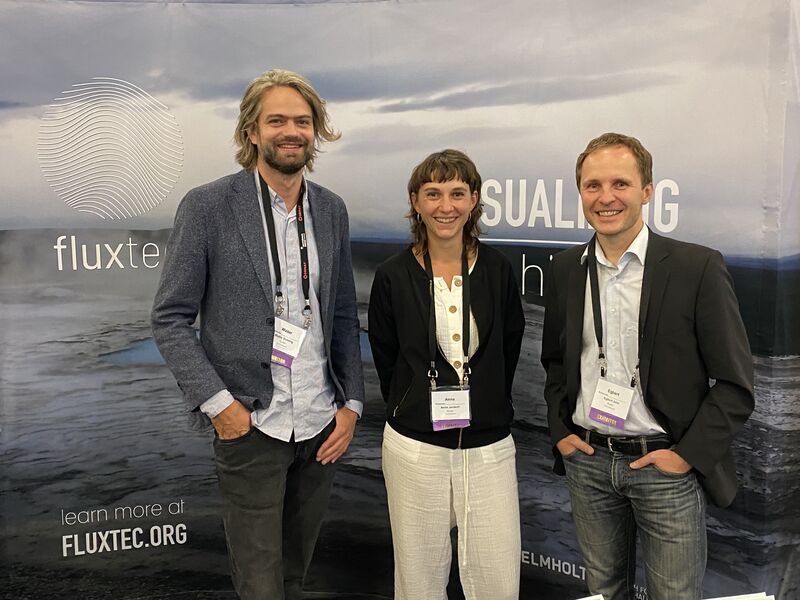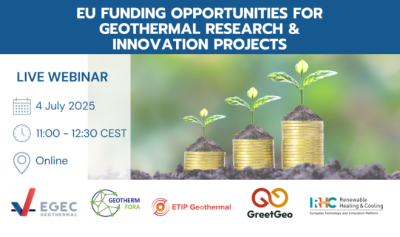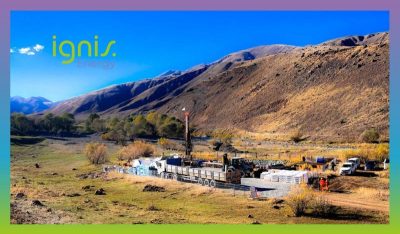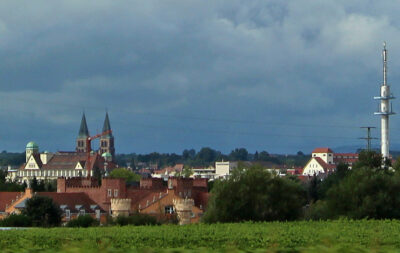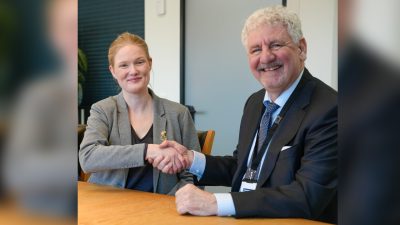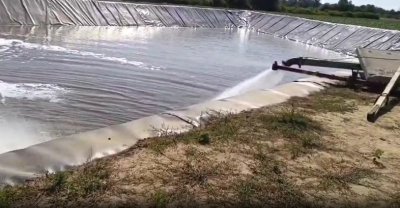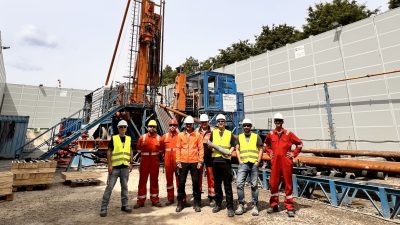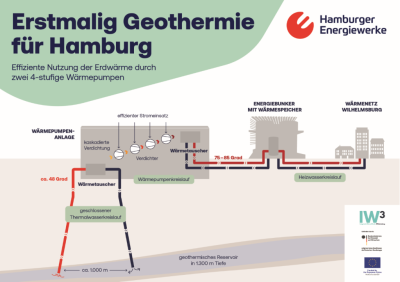The deep breathing of geothermal resources – the startup fluxtec
Natural degassing processes on the Earth's surface can help investigate the "fingerprints" of geothermal fields beneath the surface for exploring geothermal potentials.
High-temperature geothermal systems can release extensive amounts of non-condensable gases such as CO2 or H2S to the atmosphere. These natural gases are challenging for geothermal operators, not only in the technical infrastructure, but also from an environmental perspective. However, there is also a positive side to their existence, since they can be considered as fingerprints of the conditions and processes in the deep subsurface and on the behaviour of a geothermal field during its exploitation.
The continuous measurement of CO2 flux is common practice in volcano monitoring/surveillance, but researchers from the Helmholtz Centre Potsdam and the University of Potsdam deployed for the first time a multi-chamber CO2 flux monitoring system within the damage zone of an active, deep-rooted fault that crosses the Los Humeros geothermal field in the Trans-Mexican Volcanic Belt.
The geothermal field is used for power generation since 1990 with an installed capacity of 94 MWe. The results demonstrate how quickly natural gas emissions at the surface react to changes within the deep hydrothermal system due to geothermal fluid re-injection. This finding has promising implications for novel reservoir monitoring concepts, including automated gas analytics for real-time analyses of reservoir response to geothermal operations.
This includes geothermal fluid extraction, re-injection, as well as stimulation measures in Engineered Geothermal Systems (EGS). Multi-chamber monitoring systems have the advantage to enable the assessment of the temporal variability of surface CO2 flux at multiple locations. This is a key requirement for successful monitoring within complex and heterogenous structural settings where fluid flow is controlled by extensive fracture networks. Our advanced monitoring concepts are also applicable in other sectors such as carbon capture & storage or hydrogen storage. The findings of the study are currently promoted in the Helmholtz Enterprise spin-off project fluxtec with the aim of bringing research results into application (see blue box).
The original study: Jentsch, A., Duesing, W., Jolie, E. and Zimmer, M.: Monitoring the response of volcanic CO2 emissions to changes in the Los Humeros hydrothermal system, Scientific Reports can be found here (Nature magazine)
fluxtec – a Helmholtz Enterprise spin-off
fluxtec has been awarded with the Helmholtz Enterprise spin- off grant. The new grant will path the way for establishing fluxtec as a commercial service provider for advanced soil gas analytics in geothermal exploration and monitoring. Due to the wide range of possible applications for our technologies, future fields of activity will also focus on the safe operation of carbon capture & storage projects, hydrogen storage as well as waste disposals.
fluxtec App in field use
The fluxtec team carried out a field study in September 2021 measuring gas emissions along seismically active faults in the Eger rift in Czech Republic. Objective of the study was to understand whether an activation of faults by earthquake swarms results in increased gas flux at Earth’s surface. Preliminary findings indicate a positive correlation, which is important for the development of new monitoring concepts. During the field sur- vey the functionality of the brand new app was proved for the first time under field conditions and on multiple devices. fluxtec App successfully enabled real-time processing and visualization of gas emission data and can be applied to geothermal exploration, environmental surveillance and other applications.
The team of fluxtec, Anna Jentsch, Egbert Jolie and Walter Duesing presented their solution at the Geothermal Rising Conference in the U.S. and the World Geothermal Congress 2020+1 in Reykjavik last fall and received quite some interest by participants. Learn more about their activities here.
